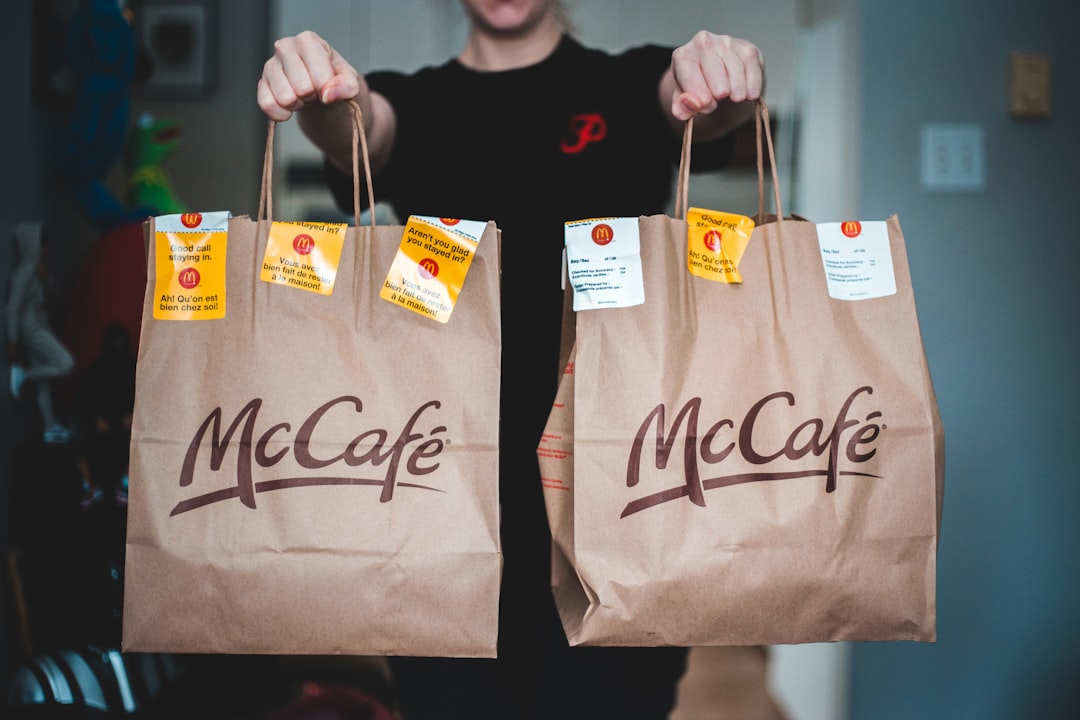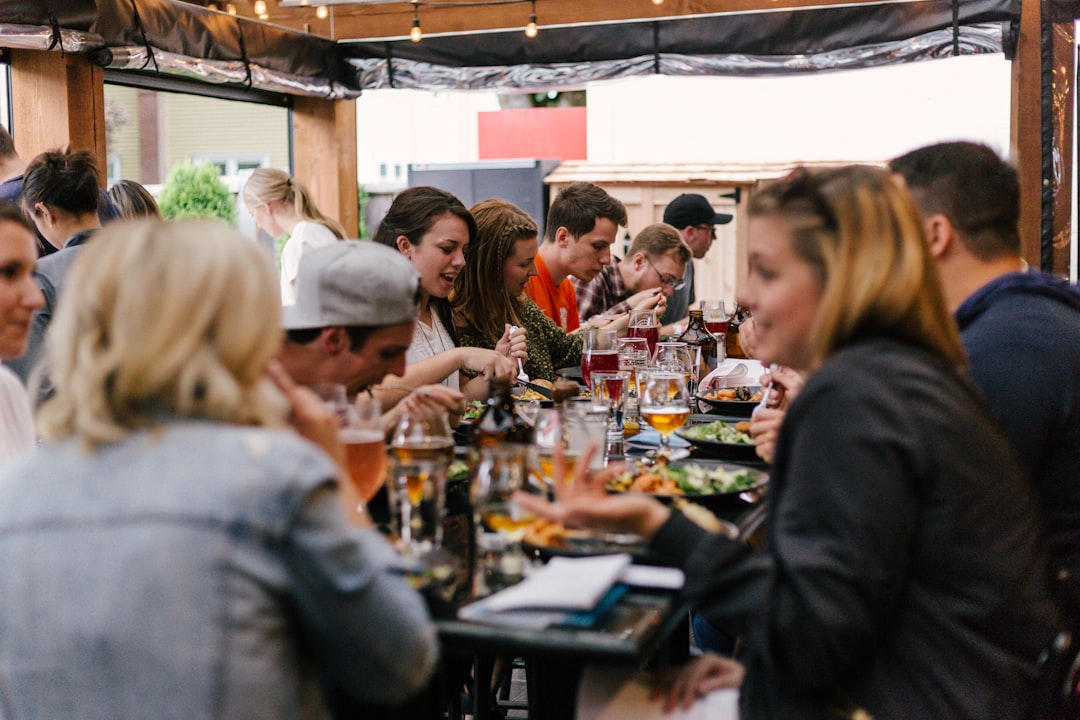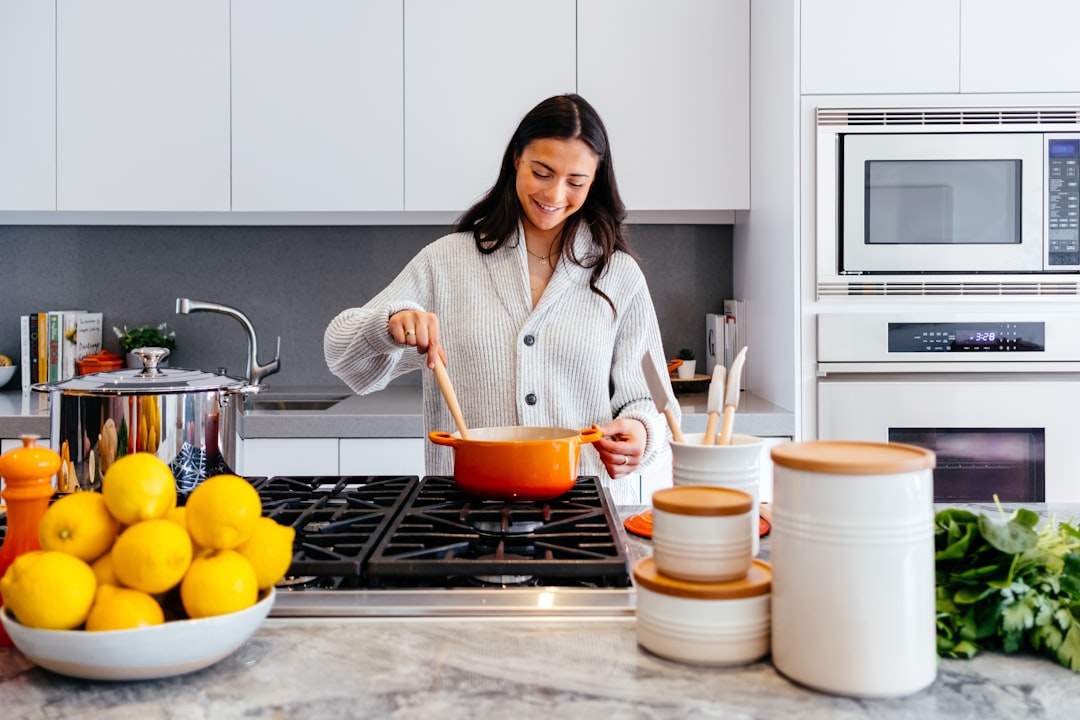
Mobile App
A meal-planning app for busy Young Adults
Yoom aims to help Young Adults build healthier eating habit
Role
UX Researcher, UX & UI designer
Duration
3 weeks
Project type
Academic
Tools
Figma
The Challenge
Obesity is on the rise among adults and children. Though healthy eating habit is better when taught from childhood, it is more prevalent in Young Adults community who is inundated with more and more societal responsibilities.
My Approach
Relying on online medical journals on my Secondary research, I will author assumptions to help guide me with my Primary research, which consists of user interviews, Affinity Mapping and usability testing. This will help provide me with a holistic picture of Young Adults eating habit.
Goals
Design an app to empower Young Adults to build a healthy eating habit around their busy schedule.
Pathway to solution
Discover
Define
Design
Deliver
Discover
The Challenge
Obesity is on the rise in the UK with estimated
1 in every 4 adults and around 1 in every 5 children are affected. This places a big pressure on the NHS, who so far spending £6 Billion annually to meet the demand.
I am interested in how healthy eating habit could help reduce the rise of obesity. What tool could we better equip Young Adults to help them navigate meal planning around their busy schedule.
I don’t know anyone who hasn’t tried to eat healthy and dropped it due to one reason and another.
Could we tailor a plan that will empower and, furthermore, continually inspire people to build their healthy eating habit? How do we best place the power of preventative care in the hands of the population?
£6 billion
Cost of obesity-linked cases on NHS annually, a figure which is expected to rise to over £9.7 Billion each year by 2050.
Source: GOV.UK, 2022
1 million
Number of admission linked to obesity in England in 2019/20, an increase of 17% from the previous year.
Source: The King's Fund, 2021
26%
of adults in England were obese. A higher proportion of men than women were either overweight or obese (69% compared with 59%).
Source: NHS, 2021
34%
Obesity prevalence was highest in the most deprived areas and lowest among adults living in the least deprived areas (20%)
Source: NHS, 2021

Authoring Assumptions
Assumption 01
Long work hours contribute to poor eating choices
Assumption 02
Healthy eating is boring
Assumption 03
Obesity is rising due to lack of knowledge or awareness of healthy eating habit
Hypothesis
I believe Young Adults will be more mindful of their healthy eating habit if they have more time.
I will know I’m right when I see the following feedback from my interview: At least 2 out of 3 of my user interview confirm they give up eating healthy when time doesn’t permit.
“The burden of obesity isn’t experienced equally across society.” — NHS Long-Term Plan
Understanding the Users
To understand and validate my assumptions, I conducted user interviews with four of my target audience with the following criteria.
Be in the age between 18–34 years old
A student or a working professional
Have been in school or work for at least 2 years
Have interests outside of school or work
Part of a social circle with peer of similar age bracket
Come from a diverse social background
Participant Profiles
Sharon
34, freelance graphic designer, single
Sharon lives by herself and has a busy social schedule.
She is conscious of what she's consuming, but find healthy eating inconvenient when she's pressed for time.
Derek
21, recent University graduate, single.
Derek lives with parents and younger sibling. His diet follows whatever his mother prepares for the family.
Following his post-secondary education, he is currently enrolled on a demanding course to further his education where time is limited.
Ciara
33, marketing manager, married, mother of one.
Ciara lives with her husband and their toddler.
Her days are divided between family and work. Both Ciara and her husband are conscious of their meal choices as they will affect her daughter's future eating habit.
Carla
28, charity program coordinator, single.
Carla lives with 6 other housemates, whom she shares responsibilities around the house, including preparing for dinner. She follows what majority of her household desires, including takeaways.
She is also an emotional eater who treats herself with sugar when she's stressed.
Reflections
Some reflections as a result of my interview that I found valuable:
Young Adults are already well-educated in what healthy-eating consist of. What they find challenging is putting the knowledge into practice given their demanding schedule.
Where they are living with others, Young Adults are more inclined to follow along with the majority choice of diet for convenience.
Young Adults often make food choices based on mood. It's important to take into account stress level and mood-balancing choices.
Employing Affinity Mapping
After conducting interviews, I then further distilled the interviews further using Affinity Mapping for insights.
The following three insights emerged as the result of Affinity Mapping exercise.

01
Healthy eating requires a lot of time and efforts
“Planning for healthy eating is perceived as requiring a lot of time and effort. When strapped for time, Young Adults would rather pick up fast food, leaving more time for school, work or socialising.”
“I find healthy eating can sometimes be inconvenient, especially when there’s a time restraint.” (Sharon)
“I don’t have enough time and energy to be more thoughtful.” (Ciara)
“I have to share kitchen with housemates, so I have no time to cook. School eats up a lot of the time.” (Carla)
“I buy food when I’m hungry, so my meals are more adhoc” (Derek)
02
Meal planning involves immediate social circle
“Social circle easily influences Young Adults eating habits. Whether it's on what food to eat, or which information on eating habit to follow.”
“I dined out to a nice place and meet up with friends who I haven’t seen for a while” (Derek)
“I talk to friends who are more knowledgable in specialised diets” (Sharon)
“I do very little meal planning. My husband buys the essentials and I order Mindful Chef.” (Ciara)
“Because I share cooking responsibility with housemates, I eat whatever they provide” (Carla)
03
Specific dietary needs shape eating habits
“Young Adults believe they possess good knowledge on healthy eating and listen to their bodies to shape eating habits and how it affects their mood.”
“Once I took out dairy and commit to one pasta a week, I felt less sluggish, more energy and better concentration.” (Sharon)
“I try to eat more vegetables during lunch and dinner b/c I like them and I know they’re healthy for me, with protein” (Carla)
“I crave for protein and build veg and carb options around it.” (Derek)
Define
Out of the three insights that have emerged, insight number 01: ‘Healthy eating requires a lot of time and efforts’ presents the most opportunity for solutions.
Young Adults lead a busy lifestyle and carry a lot of responsibilities on their shoulders. Between building a career, spending time with friends and family, they are left with not much time to plan for a mindful and healthy diet. This led me to explore of possible different tools to guide their choices.
How might we help empower busy Young Adults to make balanced food choices they stay away from unhealthy options and learn to build good habits?
Who are Our Users?
To help better focus my solution, I will first need to define the users with the help of a persona. Harriet Lang as a persona guides me in every design decision I make with her pain points, motivations and behaviours.


Design

Refining the Objective
Having understand Young Adult's main obstacle with healthy-eating, I look to further distil motivations and other decision influencers.
Using User Stories, I look into possible epics before establishing the primary task flow to help build the IA of the app.
My Discovery Path
Establish User Stories & Epics
Establish Task Flow
Exploratory & Solution Sketches
Prototype
User Testing
Task Selection
Understanding Chris Anders’ needs as a persona, I began exploring User Stories to better hone in an epic.
I created over 30 user stories under 4 epics in order to help me define the main feature of my product. The following epic is chosen to create my Minimum Viable Product, as it best addresses my 'How Might We' statement. I learn through my Secondary and Primary research that the biggest obstacle in Young Adults when it comes to building a healthy eating habit is time. Many would rather spend time working or socialising than planning a healthy meal.

My Understanding So Far
Three things that will empower Young Adults to start building and sustaining a healthy eating habit are:
A platform that allows to build meals according to time available
A source that continuously share new recipe ideas and inspirations
Building a healthy eating habit is a social rather than an individual activity
Creating a Task Flow
Initially, my goal with the task flow is to show how Chris could adapt a meal plan within the timeframe that he had.
In this instance, I would like to show how a busy Young Adult can plan a weekly meal to prevent ad-hoc meal purchase during the week.



During the process of sketching and wireframing, I identified a few gaps in the task flow. This led me to review and streamline the current working task flow.



Final Task Flow


Ideation Process
Once I've finalised the Primary task flow, I've moved towards generating ideas to how the app could potentially look like. Starting with rough sketches to get me started on how the IA could potentially look like.


Concept Selection
I then further expanded on the exploratory sketches to clearly address my persona needs, guided by ‘How Might We’ statement.
Taking into account my target audience busy schedule, I look for an accessible and scannable UI layout. Led by their most pressing needs and wants, I started exploring the idea of leading the journey with how much time they have, followed by recording their moods. Building a meal around a 'hero' ingredient also become an essential consideration to cut down on meal planning time.






Deliver

Developing Mid-fi Prototype
With UI concept selected, I moved forward with a mid-fi prototype to be able to put it to the test with the target users.
Usability Testing
To validate my design choices, I ran the prototype through user testing with my target audience. Receiving feedback from real-life users have been helpful in highlighting my own biases.
Some feedbacks don't necessarily support my Secondary research, and I made the decision to rid them to better streamline the user journey.
I ran one usability testing with five users independently, resulting in the following changes.
01. Home Screen
On the original prototype, users remarked how they found mood check-in to be distracting at this stage of the journey. Many (3 out of 5) users prefer to have activity buttons be more prominent on the screen.
Wording on the activity buttons have also been updated to be more action-based and empathetic to users. The buttons also include icons for more quick access.
Navbar at the bottom of the page have also been streamlined and labelled for accessibility. Icons are also highlighted to indicate where the user is on the screen.




02. Ingredient Screen
Users noted that the greeting message is redundant after the welcome screen. By removing this line, I was able to make the other features more prominent on the screen.
From user interviews, I learned that the majority would pick a protein and build around that to make meal planning easier. I have adopted this method for the app
Wording relating to ‘hero ingredient’ was confusing to the user. The idea of selecting up to seven different ingredients meant for each day of the week was lost on users, if anything added another message to decode.
This was streamlined to select one ‘hero’ protein, with option to add other ingredients on the screen following.
03. Recipe Selection Screen
The recipe selection screen features a search field with filtering chips. However, users found it confusing what they could look up when they've already selected the ingredients on previous screen.
Having streamlined the previous Ingredient screen with one ‘hero’ ingredient only, the recipe screen becomes an accompanying tool for users to further filter their recipe selection.




04. Rating and Community screen
As my Secondary and Primary showed, community and social circle is very important for Young Adults to help them accomplish life goals.
This screen is meant to record user’s experience and share their journey with social circle.
On the first prototype iteration, user testing showed that the rating system contents were found to be redundant. From here, I worked to better divide the rating content to: How enjoyable was the cooking experience to you, how did you find the taste and option to save recipe to favourite.
The first prototype also didn't provide an option for the user to skip this part, limiting their freedom to control.
Mid-Fidelity Prototype Walkthrough
Mid-Fidelity Prototype
To view the mid-fidelity prototype, please click on the button below.






Screen Highlights

01. Home Screen
Activity buttons on the home screen are action-based with quick-identifying icons.
Buttons wording are empathetic to user's intention and goals.
Bottom navbar is concise and labelled for accessibility.

02. ‘Hero’ Ingredient
On the following screen, the user will be able to specify how much time they have and how many meals they are looking to prepare.
They will also be able to pick a ‘Hero’ ingredient to build their meal(s) around.

03. Recipe Selection
On the recipe selection screen, the user will be able to view new and recommended recipe at the top of the page. This will allow the user to change up their routine while favourite recipes are still available at the top of the list.
Filtering chips are available for the user to add other ingredients to their choice of recipes as well.

04. Recipe Screen
Recipe screen lays out the steps laterally for an easy step-by-step follow.

05. Recipe Rating
The user will be able to rate their experience and taste of each recipe to track for their own benefit.
This step is purely optional, the user can skip should they choose so.

06. Sharing Capability
As social circle is very important to Young Adults, the user will be able to share their favourite recipe to other friends in the app or to their social media platforms.
Future Considerations
I would like to conduct a second usability testing. To be inclusive and properly identify opportunities within different groups of society, I'd like to cast a wider user testing and include users from different walk of life. How this app could be a helpful tool to someone who have to juggle different jobs as well as school, for example. I'd also like to see a diverse cultural recipe cards included in the future.
I'm interested to pursue a branding discovery in line with target audience and tone of voice. Would be great to have the opportunity to expand UI library and colour palette to create a delightful journey.
Develop the motivational section of the app. Based on Secondary and Primary research, I would love to create a tool that users can go to whenever they are feeling low in the journey. This could be bite-sized motivational videos accompanied by podcasts and long-read articles covering a diversity of topics from physical and mental health, to social environment.
Key Learnings
I learned to leverage Problem Space that best offer a user-centred solution. I learned to be empathetic to the user's needs, and learned to recognise my own biases towards the Problem Space.
I learned to interpret User Stories and translate this into initial sketches, detailing the platform’s main functionalities and how they would fit into users' lifestyle.
I thoroughly enjoyed running Usability Testing with my target users. Having feedback from them as well as my classmates have been invaluable in my journey as a Product Designer.